When Was The Last Time You Updated Your Employee Handbook?
Employee handbooks are an essential part of effective HR management. Handbooks are also an important risk management tool. Since employee handbooks are not required by law, organizations may determine the best method and most effective means to communicate important HR-related information to their employees.
An employee handbook should help reduce risk by conveying:
- Hours of work, including overtime
- Paydays and paychecks
- Leaves of Absence (sick leave, vacation, PTO, bereavement, ADA, FMLA)
- Complaints, discipline and terminations
- EEO and safety guidelines
- Work Comp return to work
Aside from the aforementioned there are many other issues to be considered when drafting and effective handbook including, industry specific policies and procedures, workers that telecommute, union and nonunion operations, etc. It is also a great tool to identify company culture, vision, mission, goals and/or values.
All too often handbooks are poorly written, out of date, and a compliance nightmare. If you haven’t revised your handbook recently, you may want to. Good HR is an essential part of every employer’s risk management program.

